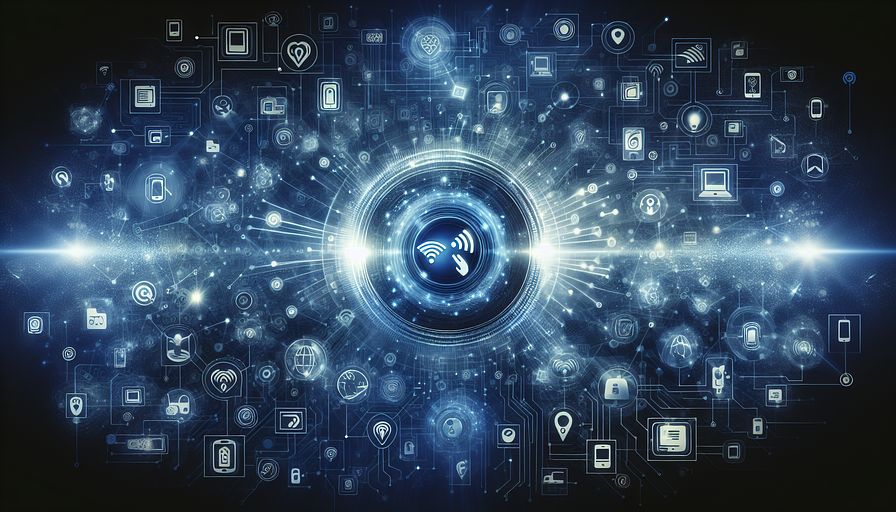Abstract:
NFC and RFID are revolutionizing connectivity, with NFC commonly used for contactless payments and RFID for automatic identification and tracking. Both technologies have diverse applications, including secure payments, loyalty point redemption, and inventory management. They play a crucial role in IoT connectivity by facilitating data transmission between devices and the internet. Technology and engineering leaders must understand their capabilities and applications to integrate them effectively, focusing on security, scalability, and user-centric design. Embracing these technologies strategically can lead to growth and efficiency for organizations.
Revolutionizing Connectivity: NFC, RFID, and IoT in Technology LeadershipNFC and RFID Integration: Unleashing the Power of Proximity
Near Field Communication (NFC) and Radio Frequency Identification (RFID) technologies are transforming the way we interact with the world. Both NFC and RFID enable data transmission via electromagnetic fields, but they serve different purposes. NFC is commonly used for contactless payments, access control, and information sharing between devices in close proximity. Meanwhile, RFID focuses on automatic identification and tracking of objects or animals, often utilized in inventory management, supply chain, and asset tracking.
NFC and RFID Applications: Enhancing User Experiences and Efficiency
NFC and RFID applications are vast and expanding, with real-world use cases illustrating their potential. NFC-enabled smartphones can replace traditional wallets, allowing users to make secure payments, redeem loyalty points, or access buildings with a simple tap. Meanwhile, RFID technology can help retailers reduce theft and optimize inventory management, while manufacturing and logistics companies leverage RFID to streamline production processes and monitor assets in real-time.
IoT Connectivity: Bridging the Gap Between NFC, RFID, and the Internet
The Internet of Things (IoT) is a network of interconnected devices, sensors, and systems communicating and exchanging data to create a more efficient and automated world. NFC and RFID technologies play a crucial role in IoT connectivity by facilitating data transmission between devices in proximity and the internet. CTOs and Directors of Technologies must consider NFC, RFID, and IoT integration to create seamless, data-driven environments that enhance user experiences and improve operational efficiency.
Leadership in Technology and Engineering: Navigating NFC, RFID, and IoT Integration
Directors of Engineering and Technologies must work together to implement NFC, RFID, and IoT connectivity effectively. By understanding each technology's unique capabilities and applications, they can develop comprehensive strategies that align with their organization's objectives. To succeed, technology and engineering leaders must focus on security, scalability, and interoperability while prioritizing user-centric design and seamless integration with existing systems.
In conclusion, NFC, RFID, and IoT connectivity represent a significant shift in technology and engineering leadership. By embracing these innovative technologies and implementing them strategically, organizations can stay ahead of the curve and unlock new opportunities for growth and efficiency.
You might be interested by these articles:
- IoT Sensor Networks Impact
- Advancing Connectivity with NFC and RFID
- Eco-Friendly Tech: How NFC and RFID Drive Sustainability





